Homesteading is back on the rise. A simple search will bring up tons of lists, each including dozens of reasons people are enamored with it. Whether your incentives for homesteading include self-sufficiency, a change of pace, or enjoying just how succulent homegrown food really is, the appeal is obvious.
Whatever your motivations, though, greenhouse cultivation through light deprivation can help improve your seasonal yield without increasing the necessary work.
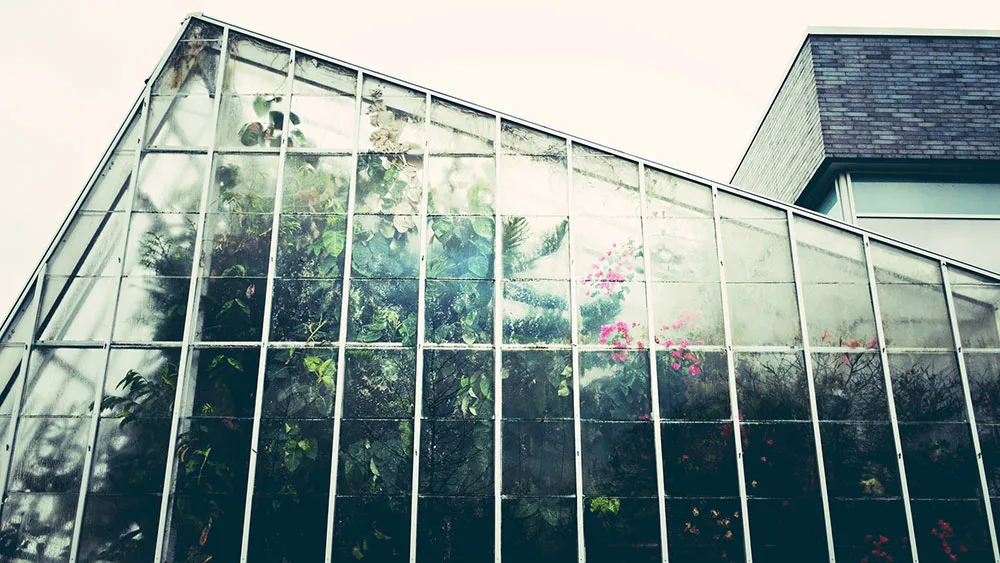
Light Deprivation Growing
Light deprivation greenhouses provide a greater yield via multiple harvests over year-long growing, and greater sustainability — all at a lower production cost than you would otherwise pay for such a bountiful and consistent harvest.
Also known as “light dep” or “light depo,” light deprivation is an agricultural technique that simulates different growing seasons by controlling the quantity and frequency of light that plants receive.
A combination of blackout covers and grow lights makes this possible. The resulting darkness tricks plants into flowering on command, reducing the time needed for plants to reach maturity and even inducing multiple blooms per year.
None of this would be possible without an understanding of photoperiodism.

Photoperiodism
Photoperiodism is the response that plants and animals give to light, either in growth or behavior. A single photoperiod is the interval of time during a 24-hour day in which a plant or animal is exposed to light.
Manipulating the photoperiod will in turn manipulate the plant’s response. For example, creating longer nights and shorter days — essentially providing less sunlight — will stimulate plants that normally only bloom in the fall to bloom during any season.
You could delve much further into photoperiodism, but for the purpose of light deprivation growing, we’ve already covered the essentials.
Growing Options
Because light deprivation greenhouses provide climates that are completely distinct from their surrounding environments, you can pick and choose just about anything you would like to grow as long as you install a climate control unit.
If you live in a hotter southern climate, you can turn the temperature down and grow cabbages, carrots, and kale. If you live in the north, increase the heat in your greenhouse and grow amaranth, melons, squash, and sweet corn to your heart’s content.
That applies to all greenhouses, though. Flowers that thrive under light deprivation conditions, specifically, include:
- Asters
- Cannabis (in legal grow states)
- Christmas cactus
- Mums
- Cosmos
- Zinnias
- Poinsettias
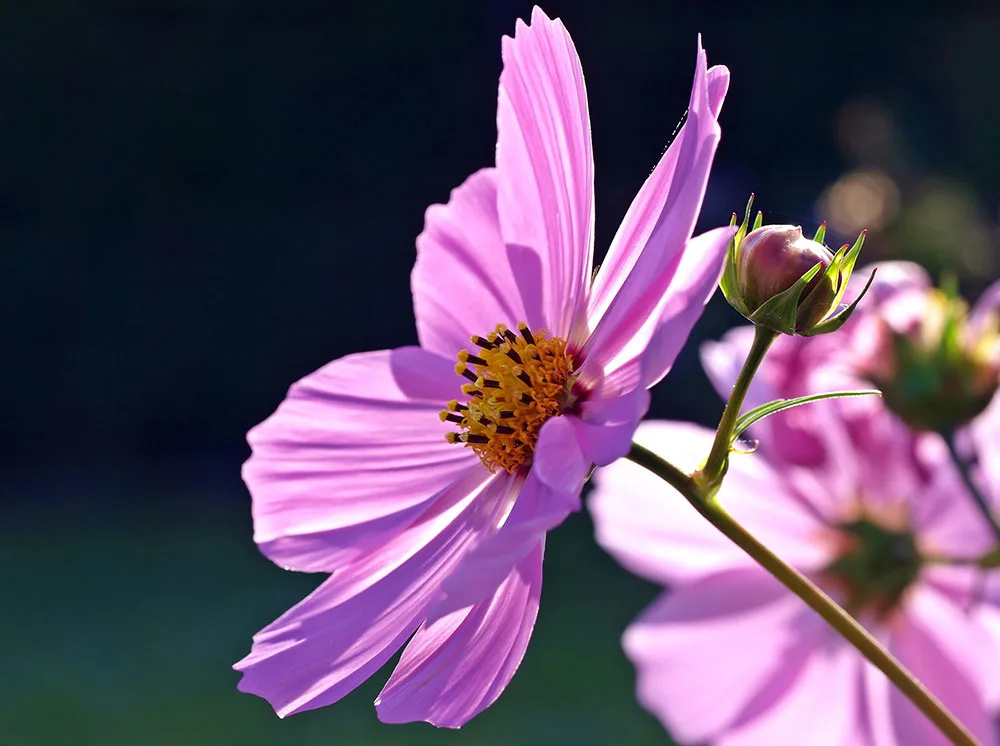
Because you can artificially create the lighting conditions of any season using grow lights and a blackout curtain, you can grow any vegetable at any time of the year, provided that you maintain a comfortable temperature inside.
If you’re craving some spring-blooming vegetables — such as artichokes, strawberries, radishes, or asparagus — in the fall, no problem. Schedule your grow lights to give your crops the extra light they need, and have the blackout tarps ready to eliminate light when necessary. Stay consistent and you’ll be making strawberry jam in October.
Flip the script and you can grow all of your favorite autumn harvest fruits and vegetables — such as pumpkins, cranberries, and brussels sprouts — in the spring.
Because you can simulate the conditions of the season preceding or succeeding your natural growing process, you can easily double the amount of a particular crop harvested in a year. Simulate autumn conditions inside your greenhouse to grow pumpkins in the spring, and then grow a second harvest without the greenhouse when it actually is fall.
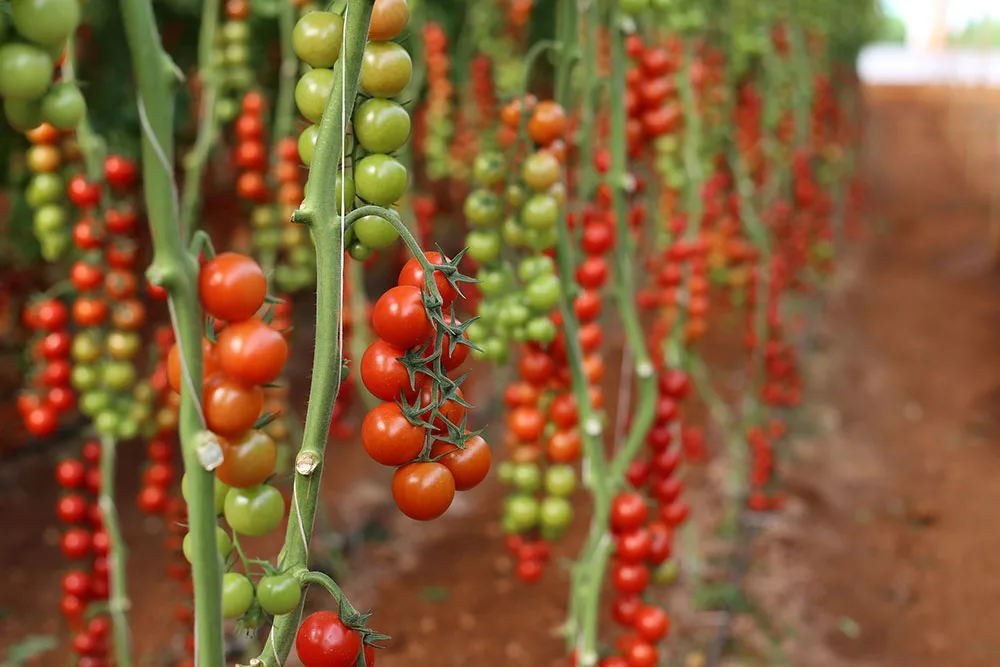
Three Tiers of Greenhouses
Hoop Houses (Low-End)
The least expensive light depo greenhouses are as simple as manually covering and uncovering a hoop house with a black tarp.
All you need to build a hoop house are wooden planks, rebar, and PVC piping. PVC makes up the frame, and rebar anchors it to the ground. The wooden planks help stabilize the PVC piping along the length of the structure.
You can control light exposure by draping a black tarp over the hoop house at a specific hour every day.
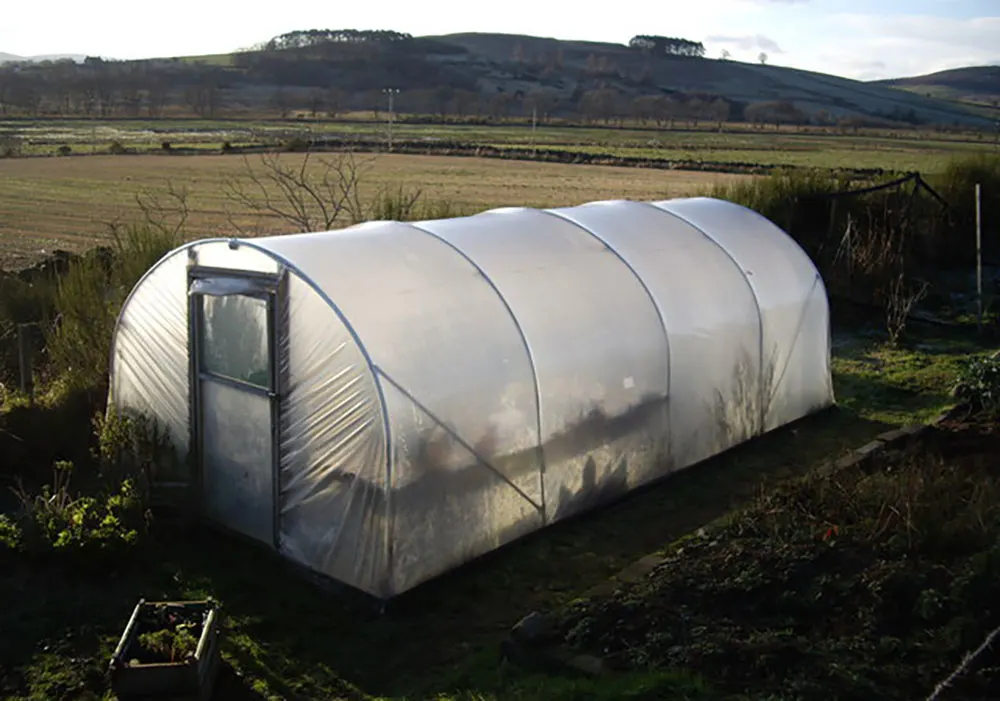
Stanley Howe / Polytunnel ‘greenhouse’
Although this is the cheapest light deprivation greenhouse option available, it is the most work-intensive and risky — a single mistake in timing will ruin the process entirely. DIY hoop houses may be a fun project to experiment with, but they typically only last one growing season before needing significant repairs. Additionally, because hoop houses are not engineered structures, a sudden storm can easily leave yours in pieces.
Entry-Level Greenhouses (Midrange)
Midrange greenhouses include everything from backyard home greenhouse kits to full-sized commercial grow houses. The biggest difference between these and low-cost hoop houses is the quality of the materials used.
Because these greenhouses can serve both personal and business purposes, they come in a variety of sizes, from as small as any backyard greenhouse kit to as large as 30 feet wide and 120 feet long. Unless you have a whole commune dedicated to a group homesteading effort, the latter is probably a bit excessive.
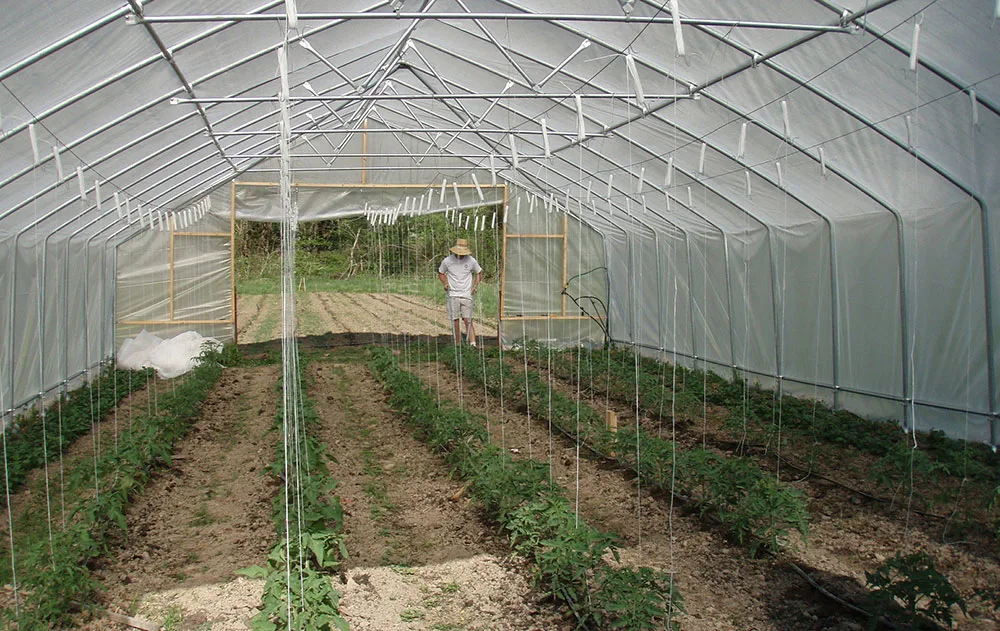
The biggest downside to buying a mid-sized greenhouse is that they are typically products of big box stores, often mass-produced and cheaply made. Construction instructions can make the Ikea recliner you gave up on look like a kid’s puzzle.
Just like hoop houses, you can outfit generic midrange greenhouses with a light dep tarp or any other blackout material. It’s just a matter of manually covering and anchoring the material at precisely the appropriate time every day.
Also, as these still aren’t engineered structures, they are rarely more durable than a generic PVC hoop house. If the weather takes a turn for the worse, you can easily lose your entire crop.
Engineered Greenhouses (High-End)
The cream of the crop, engineered greenhouses are specifically designed to contend with wind and snow, making them operational year-round in all but the most extreme weather.
Additionally, these high-end structures usually meet international and local building codes for safety and durability. You’ll often find them with the option of installing light deprivation systems, humidity control, air exchange, temperature control, and even oxygen level control.

The cost of high-end greenhouses reflects the quality. Whereas you can build DIY hoop houses for less than $100 depending on the quality of materials and the size, and midrange greenhouse kits can go for anywhere between $100 and $500, top-tier engineered greenhouse structures with automated light deprivation systems installed start at a few thousand dollars and only go up from there.
Making the Most of Your Homestead
Homesteading is grueling work, but you don’t have to go at it alone. Work smart and maximize the yield on your efforts by giving yourself every advantage: Use a greenhouse, and outfit it with a light deprivation system.
***
Rory Bagley is an avid hunter and farmer, and an expert archer. He enjoys researching and writing about hunting and unconventional cultivation techniques that encourage in safe, responsible, and conservational manners.
